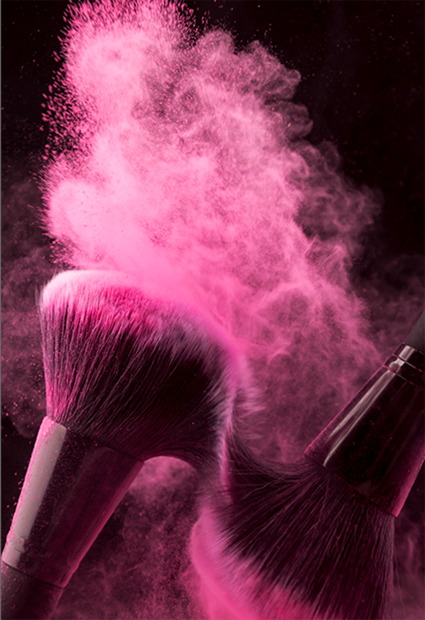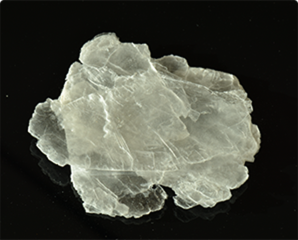Feb . 15, 2025 03:11
Back to list
edible mica powder
Mica-based pearlescent pigments have established a prominent position in the realm of decorative products, finding favor across varied industries such as cosmetics, automotive coatings, and plastics. These pigments are renowned for their ability to produce a lustrous, shimmering effect much sought after in numerous applications.
The application potential of mica-based pearlescent pigments extends beyond the obvious, demonstrating their adaptability and broad appeal. This adaptability also extends to their safety and environmentally-friendly profile. Most mica-based pigments are non-toxic and serve as eco-friendly alternatives to lead-based or plastic-based pigments, aligning with the increasing consumer demand for sustainable products. In choosing a mica-based pearlescent pigment, manufacturers and consumers should consider the credibility of the pigment provider. Trusted suppliers tend to furnish extensive data about their products, including particle size distributions, coating thickness, and grade specifications. This transparency supports manufacturers in making informed decisions, aiding in the development of products that meet high-quality standards and customer expectations. Efficacy and safety evaluations are critical measures that bolster the trustworthiness of mica-based pearlescent pigments. Quality control processes, including testing for heavy metals and ensuring compliance with international safety standards, ensure that these pigments do not compromise product safety. This reliability is especially critical in cosmetic applications, where consumer safety is paramount. The exploration and innovation in mica-based pearlescent pigments are continuously evolving, propelled by emerging technologies and sustained by the rich heritage of mica itself. With ongoing research focusing on enhancing the functional attributes of these pigments, including increased UV stability and novel color developments, the potential uses and benefits of mica-based pearlescent pigments are likely to expand, further solidifying their position as a critical element in the toolkit of product designers and manufacturers. In the evolving landscape of material innovation, mica-based pearlescent pigments stand at the intersection of beauty, functionality, and sustainability—offering a unique blend of aesthetic charm and practical application. Their role in modern product design is indispensable and holds promise for even greater achievements as industries continue to seek materials that meet high standards of performance and eco-friendliness.


The application potential of mica-based pearlescent pigments extends beyond the obvious, demonstrating their adaptability and broad appeal. This adaptability also extends to their safety and environmentally-friendly profile. Most mica-based pigments are non-toxic and serve as eco-friendly alternatives to lead-based or plastic-based pigments, aligning with the increasing consumer demand for sustainable products. In choosing a mica-based pearlescent pigment, manufacturers and consumers should consider the credibility of the pigment provider. Trusted suppliers tend to furnish extensive data about their products, including particle size distributions, coating thickness, and grade specifications. This transparency supports manufacturers in making informed decisions, aiding in the development of products that meet high-quality standards and customer expectations. Efficacy and safety evaluations are critical measures that bolster the trustworthiness of mica-based pearlescent pigments. Quality control processes, including testing for heavy metals and ensuring compliance with international safety standards, ensure that these pigments do not compromise product safety. This reliability is especially critical in cosmetic applications, where consumer safety is paramount. The exploration and innovation in mica-based pearlescent pigments are continuously evolving, propelled by emerging technologies and sustained by the rich heritage of mica itself. With ongoing research focusing on enhancing the functional attributes of these pigments, including increased UV stability and novel color developments, the potential uses and benefits of mica-based pearlescent pigments are likely to expand, further solidifying their position as a critical element in the toolkit of product designers and manufacturers. In the evolving landscape of material innovation, mica-based pearlescent pigments stand at the intersection of beauty, functionality, and sustainability—offering a unique blend of aesthetic charm and practical application. Their role in modern product design is indispensable and holds promise for even greater achievements as industries continue to seek materials that meet high standards of performance and eco-friendliness.
Prev:
Next:
Latest news
-
Transforming Surfaces with Mica-Enhanced Paints in Coatings and DecorationNewsJul.02,2025
-
The Ultimate Guide to Mica-Based Luminous Colors with Pearlescent PigmentNewsJul.02,2025
-
The Critical Role of Mica in Industrial Applications in Welding and Oil FieldsNewsJul.02,2025
-
Revolutionizing Automotive Aesthetics with Modified Plastics Pearlescent PigmentsNewsJul.02,2025
-
The Secret with Mica Powder for Cosmetics Behind Radiant, Natural MakeupNewsJul.02,2025
-
Enhancing Performance in Polymer Applications with Mica Powder for RubberNewsJul.02,2025
Products categories









